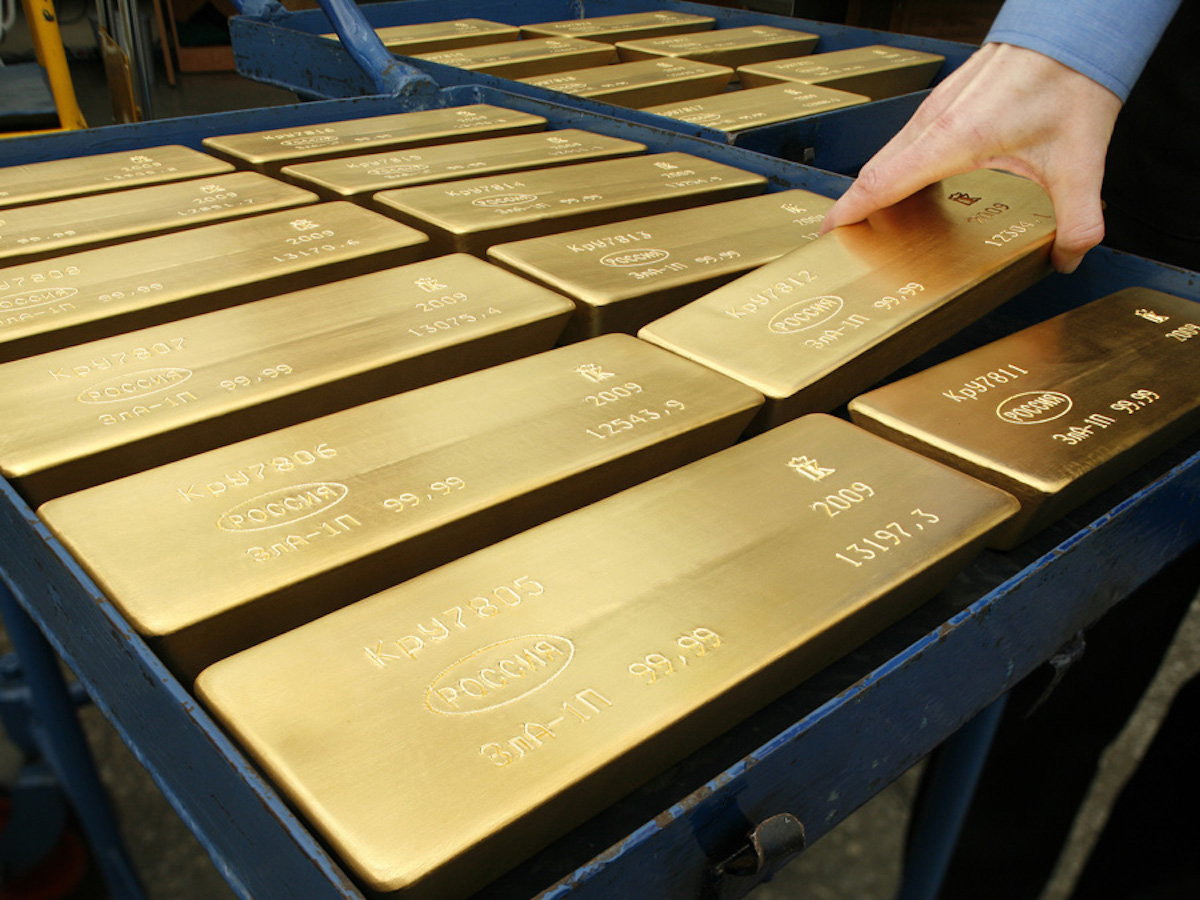- Safe haven assets such as gold, the Japanese yen, and US Treasurys slid after the US and China agreed to a trade truce at the G20 meeting.
- Gold fell below $1400, a psychologically key price, after it soared 10% in June.
- While riskier assets are benefiting from positive trade news now, analysts warn that it might be temporary relief.
- Read more on Markets Insider.
Gold is losing some of its glitter after President Donald Trump and Chinese President Xi Jinping agreed to a trade truce at the G20 Summit in Osaka, Japan over the weekend.
The so-called safe haven asset declined by as much as 2% in early trading Monday, the most in a year, and fell below $1400, a key psychological price point for the asset.
The slide in gold comes after a blockbuster June when it gained 10%, pushing to its highest level in about six years. Uncertainty around the US-China trade war mounted last month and the Federal Reserve pivoted to a more dovish policy, signaling interest-rate cuts and the potential for weak economic growth ahead. These developments drove the precious metal’s rally.
Gold is an asset that investors look to during times of economic uncertainty and weak growth – generally, the metal is considered a store of value and a hedge against inflation.
The trade deal over the weekend, however, boosted investor confidence that riskier assets such as stocks will continue to outperform. This year, the S&P 500 is up more than 17% even after small losses last week as investors waited to see the outcome of G20.
"The US-China truce announcement reduces the probability of more tariffs being imposed over the immediate term on shipments between the world's two largest economies, giving markets the go-ahead to push further into risk-on territory for the time being," wrote Han Tan, a market analyst at FXTM, in a note to clients.
A bonus just for you: Click here to claim 30 days of access to Business Insider PRIME
Early on Monday, the S&P 500 jumped to new highs on the news. Many investors are still overweight US equities, including John Stoltzfus, the chief investment strategist of Oppenheimer. In a note Monday, Stoltzfus reiterated his position and year-end target of 2,960 for the S&P 500.
Other safe-haven assets also fell on the trade news. The Japanese yen slipped, as did US Treasurys. The US dollar - which Trump has long argued should be weaker- rose slightly. The Chinese offshore Yuan rose 0.6% against the dollar Monday morning on the news that Trump and Xi will continue trade negotiations and delayed $300 billion worth of tariffs.
To be sure, the truce announced by Trump and Xi may be only a temporary boost. "We believe the news will be welcomed with a short-term sigh of relief, but suspect investors will eventually lose hope for a deal if the kick-the-can policy continues," wrote Craig Johnson of Piper Jaffray in a note Monday. "The feared storm from escalating tariffs has been avoided for now, but the dark clouds from the ongoing trade war still remain overhead."
If the trade truce doesn't lead to continued talks and signs of progress going forward, it's possible that gold would edge back up. In addition, gold could climb if US economic data adds to signs of a weakening global economy - this week, investors are awaiting the latest jobs report due on Friday to see how the US economy is faring.
Gold gets a boost when the global economy shows signs of slowing. "Economic weakness tends to inflame destabilizing anti-globalization nationalistic political forces around the world; gold is a refuge from economic and political instability," wrote Ed Yardeni of Yardeni Research in a note Monday.
Now read more markets coverage from Markets Insider and Business Insider:

